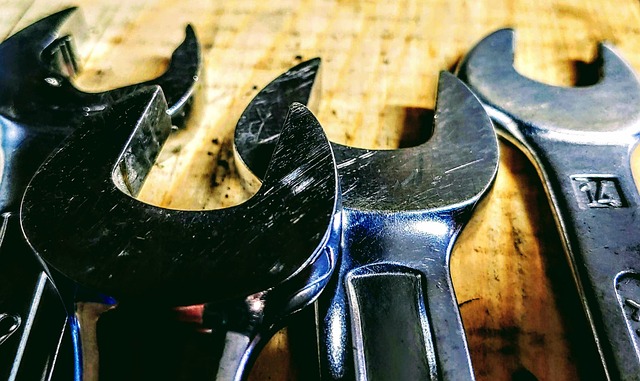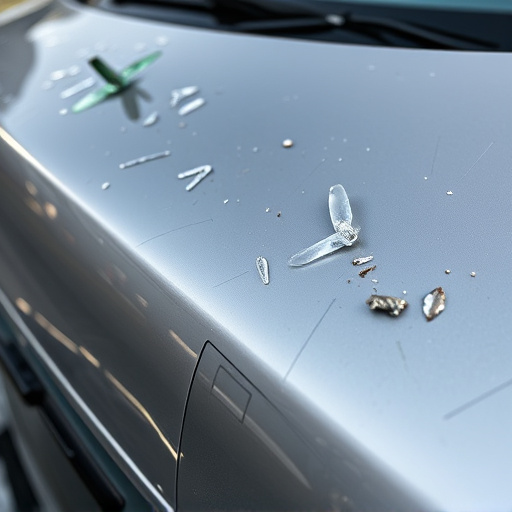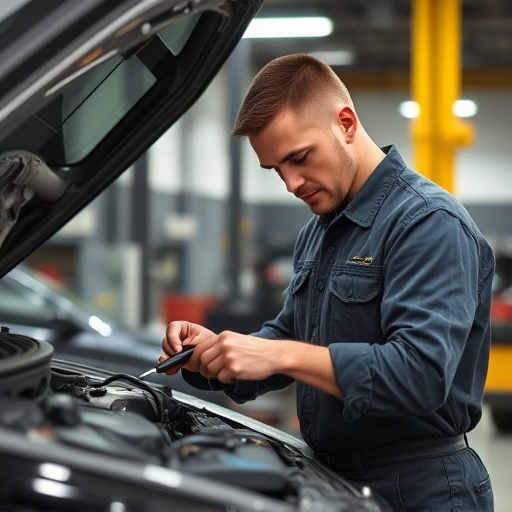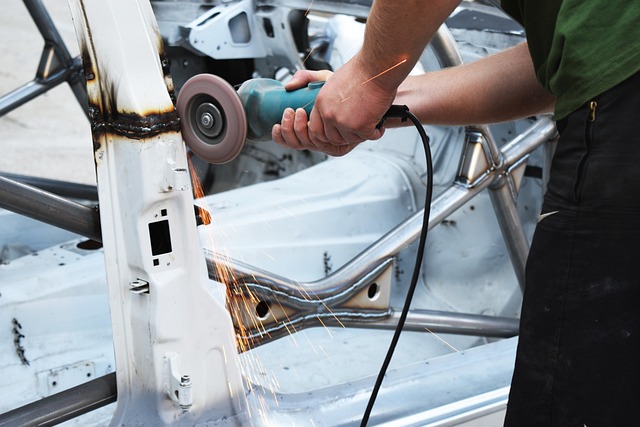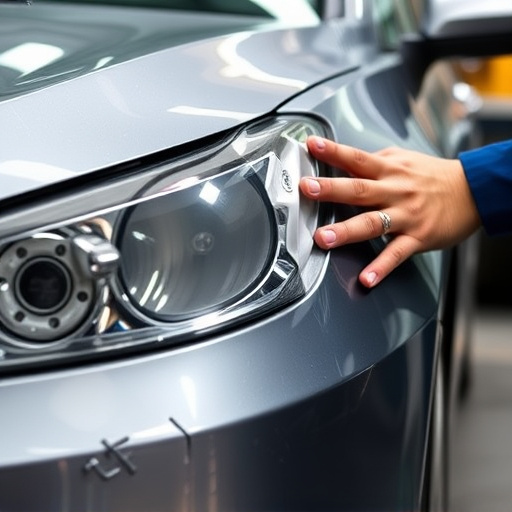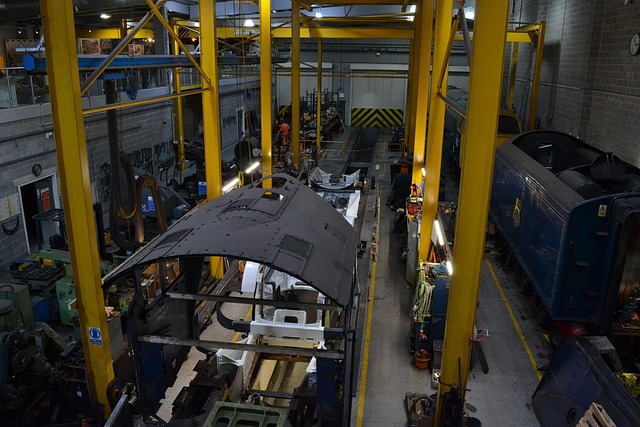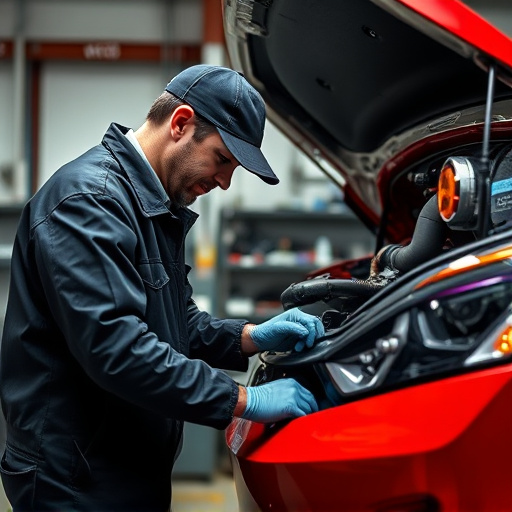The Tesla airbag system, a complex network of sensors and software, requires specialized repair by certified EV technicians. They address unique challenges like sensor malfunctions, software glitches, and power issues to ensure effective deployment. Advanced diagnostics, meticulous disassembly, testing, and calibration guarantee reliable airbag system performance, preserving vehicle integrity and occupant safety.
“Tesla vehicles are renowned for their cutting-edge technology, but like any complex system, the car’s airbag can experience issues. This article delves into the intricate world of Tesla’s airbag system, exploring its components and critical functionality. We highlight common problems in electric vehicles (EVs) specifically, focusing on safe and effective repair methods. Qualified EV technicians share a step-by-step guide to repairing Tesla airbags, ensuring your vehicle’s safety and peace of mind.”
- Understanding Tesla's Airbag System: Components and Functionality
- Common Airbag System Issues in Electric Vehicles (EVs)
- Repair Process: Step-by-Step Guide by Qualified EV Technicians
Understanding Tesla's Airbag System: Components and Functionality

The Tesla airbag system is a complex network designed to ensure passenger safety during accidents. It consists of several key components, including airbags, sensors, and an advanced control module. When a collision is detected by the sensors, the control module triggers the deployment of the airbags, providing crucial protection for occupants. This intricate system requires precise calibration and regular maintenance to function optimally.
Qualified EV technicians play a vital role in Tesla airbag system repair, as they possess the specialized knowledge needed to handle these complex components. Unlike conventional vehicles, electric cars like Teslas have unique challenges when it comes to repairs, particularly due to their advanced technology. Technicians must be adept at diagnosing issues with sensors, understanding software interactions, and performing precise adjustments to ensure the airbag system remains reliable and effective, much like how fleet repair services maintain a company’s vehicle integrity.
Common Airbag System Issues in Electric Vehicles (EVs)
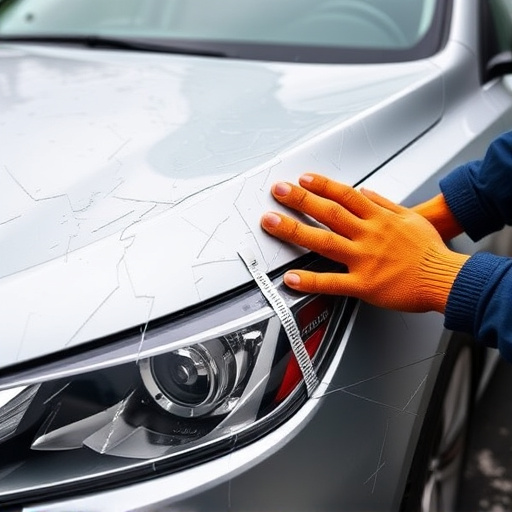
Electric Vehicles (EVs), while known for their innovative technology and environmental benefits, present unique challenges when it comes to airbag systems. Unlike traditional internal combustion engine vehicles, Tesla airbag systems require specialized knowledge and tools due to their advanced electrical and software components. Common issues include sensor malfunction, miscommunication between the airbag control unit (ACU) and other vehicle systems, and delayed or failed deployment. These problems can stem from power fluctuations, software glitches, or physical damage during accidents, making proper diagnosis a critical step in Tesla airbag system repair.
Unlike conventional cars, where issues like punctured airbags or mechanical failures are more apparent, EVs may exhibit subtle signs of airbag system problems. For instance, odd behaviors like delayed inflations, incorrect deployment patterns, or even complete silence during a collision can indicate underlying technical issues. This is where the expertise of qualified EV technicians becomes indispensable, akin to skilled Mercedes-Benz collision repair specialists. They employ advanced diagnostic tools and techniques to identify the root cause, whether it’s a faulty sensor, corrupted software, or malfunctioning electronics, ensuring that any Tesla airbag system repair is performed accurately and safely.
Repair Process: Step-by-Step Guide by Qualified EV Technicians
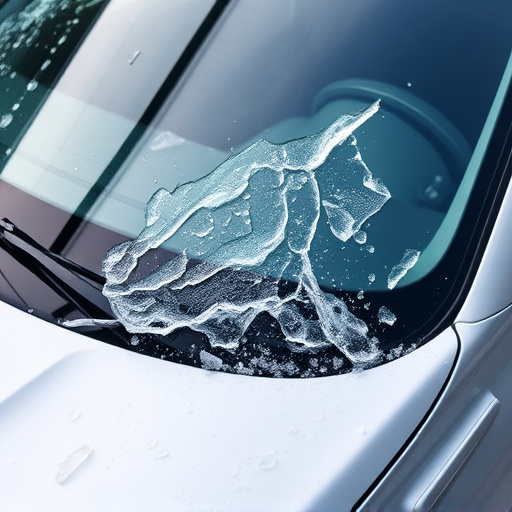
Tesla airbag system repair is a specialized task that requires the expertise of qualified EV technicians. The process involves several meticulous steps to ensure safety and reliability. First, the technicians begin by diagnosing the issue using advanced diagnostic tools, identifying any faults in the complex network of sensors, control modules, and airbags. Once the problem is pinpointed, they carefully disassemble the affected component, which could range from a steering wheel airbag to a side curtain airbag, depending on the nature of the fender bender or auto collision.
Next, each part is inspected for damage, wear, or defects. Any faulty components are replaced with genuine Tesla spares to maintain optimal performance and compatibility. After thorough testing, the repaired or replaced parts are reassembled, and the entire airbag system is calibrated to ensure it functions correctly in case of future deployment. In an automotive body shop, these steps are carried out with precision and care, prioritizing the safety of every vehicle that comes through their doors.
The intricate Tesla airbag system, while revolutionary in conventional vehicles, presents unique challenges in Electric Vehicle (EV) models due to their specialized design. Common issues such as sensor malfunctions, inflator failures, and software glitches can compromise safety. Fortunately, qualified EV technicians are equipped with the expertise and tools to address these problems effectively. By following a meticulous repair process that involves diagnostic testing, component replacement, and software updates, these professionals ensure that Tesla owners can resume their journeys with enhanced peace of mind, knowing their airbag system is reliable and ready to protect them in the event of a collision.




